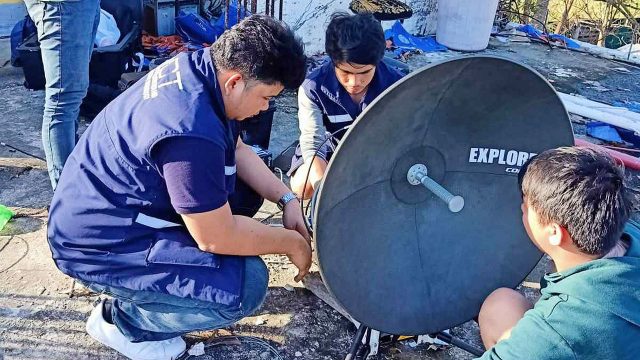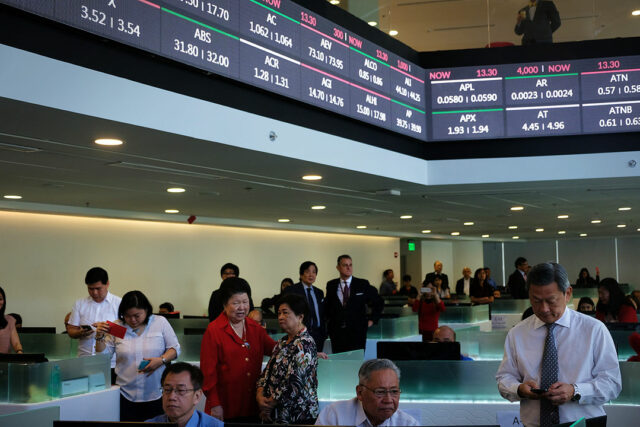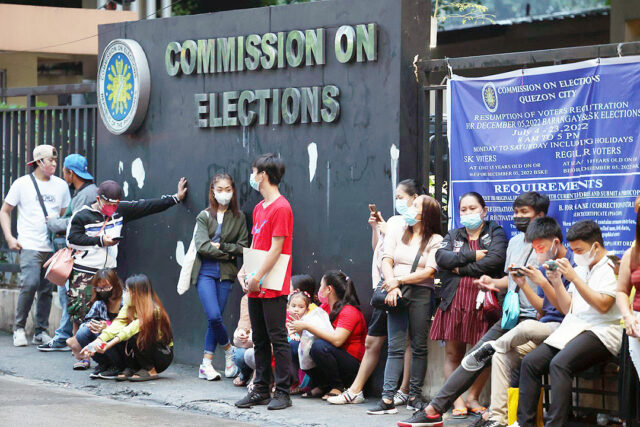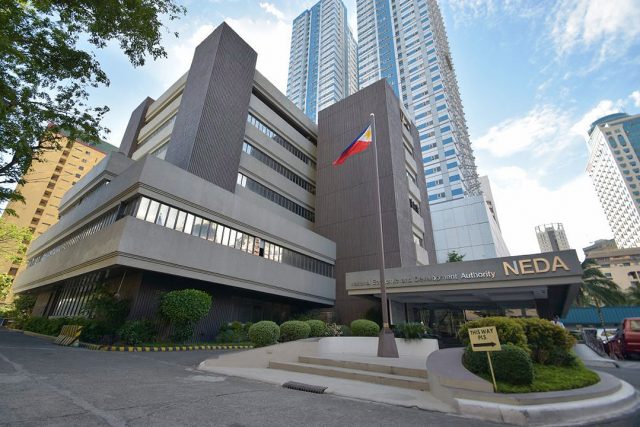By Adrian H. Halili and Kyle Aristophere T. Atienza, Reporters
A LOW-pressure area (LPA) in southern Philippines is expected to bring rains to the country at the weekend and could develop into a storm — the first this year — according to the state weather bureau.
It was spotted 670 kilometers east of Davao City at 3 p.m. on Thursday and will be named “Aghon” when it becomes a tropical depression on Friday, weather forecaster Ana Clauren-Jorda told a news briefing.
“By Sunday, it is possible to intensify and become a tropical storm,” she added.
Southeast Asia including the Philippines is dealing with a heatwave as record temperatures forced schools to close.
Millions of Filipino students had been asked to stay home after the Education department canceled face-to-face classes. Students have had to switch to home-based learning.
Ms. Jorda said the potential typhoon would probably bring rains over Eastern Visayas, Caraga and parts of southern Luzon even if it is expected to stay offshore.
The provinces of Camarines Sur, Catanduanes and Northern Samar may also experience heavy rains at the weekend.
Light to moderate rains is expected over Quezon province, the rest of the Bicol and Eastern Visayas regions.
Ms. Jorda said the LPA might intensify into a severe tropical storm as it leaves the Philippines. Tropical cyclone wind signals may be raised over the Bicol and Eastern Visayas regions.
The weather bureau said the weather disturbance might move northwest until Saturday, then southeast by Sunday. The storm may move toward the eastern section of the Visayas and Luzon.
“The possibility of a landfall in the mentioned areas is not ruled out,” she said.
Science and Technology Secretary Renato U. Solidum, Jr. warned of possible floods and landslides in areas with heavy rains.
The weather bureau expects 10 to 13 tropical cyclones to enter the country from June to November.
The Philippines lies along the typhoon belt in the Pacific and experiences about 20 storms each year. It also lies in the so-called Pacific Ring of Fire, a belt of volcanoes around the Pacific Ocean where most of the world’s earthquakes strike.
President Ferdinand R. Marcos, Jr. has approved a proposal to gradually return to the old academic calendar given extreme heat in the summer.
Classes will start on July 29 this year and end on April 15, 2025, the presidential palace said in a statement on Wednesday.
EL NIÑO AID
Meanwhile, Senator Maria Lourdes Nancy S. Binay has filed a resolution asking the Senate to look into the government’s contingency plans for heavy rains under La Niña.
“It is necessary for the Senate to determine the planned response of government agencies to ensure the country’s preparedness in addressing the effects of the La Niña phenomenon,” he said in Senate Resolution No. 1034, which she filed on May 22.
More provinces in southern Philippines have received aid worth millions of pesos after they were hit by El Niño, which the government said has hit more than 300 towns.
Basilan and Tawi-Tawi, among the poorest provinces in the Bangsamoro region in Mindanao, got P10 million each during a visit by Mr. Marcos, the presidential palace said in a statement.
Mr. Marcos also handed over P10 million each to the provinces of Maguindanao del Sur, Maguindanao del Norte and Lanao del Sur.
During a program in Tawi-Tawi on Thursday, the President also distributed P10,000 in cash assistance to several beneficiaries. He also gave the same amount to people during his visit to Maguindanao del Sur later in the day.
Mr. Marcos earlier said he would visit provinces hit by El Niño to understand the needs of affected sectors including farmers and fisherfolk.
Arjan P. Aguirre, a political science professor at the Ateneo de Manila University, said Mr. Marcos is expected to be more active in activities that would directly benefit ordinary Filipinos such as aid distribution as the campaign period for the 2025 midterm elections nears.
“He will focus on issues that are more aligned with the majority, more relatable to their current standing and more achievable changes that immediately and directly benefit them,” he said in a Facebook Messenger chat. “It is strategic as well as pragmatic given our rich history with the populist style of governance.”
The Bangsamoro region, which is under a state of calamity, is still affected by El Niño, Mr. Marcos said in Tawi-Tawi.
The country’s El Niño task force said 374 cities have declared a state of calamity due to the weather pattern, which has caused P9.5 billion in farm damage.
The government expects fewer local governments to be added to the list because the country is at the tail-end of El Niño, task force spokesman Jose Maria “Joey” M. Villarama II told a news briefing.
“Even if El Niño is not yet finished, we have to prepare for La Niña because this is more destructive in terms of agriculture,” he said in mixed English and Filipino.
He urged local government units to start identifying areas prone to floods and other hazards and beef up flood control projects. — with John Victor D. Ordoñez


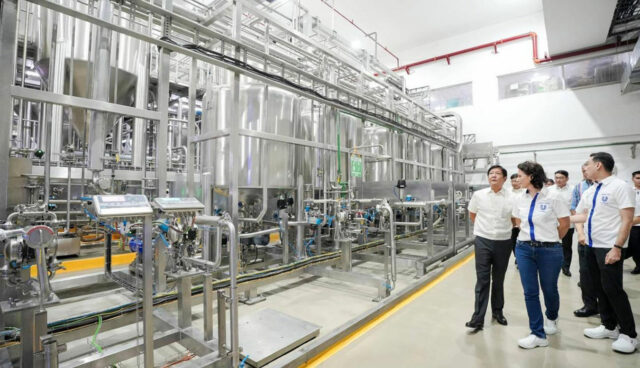
 “Definitely, 20% is really not good for us. We should really grow that number and be bigger than that given our domestic market and our potential export market,” she said.
“Definitely, 20% is really not good for us. We should really grow that number and be bigger than that given our domestic market and our potential export market,” she said.